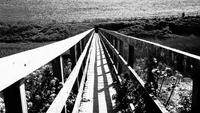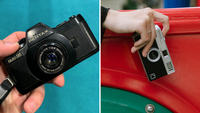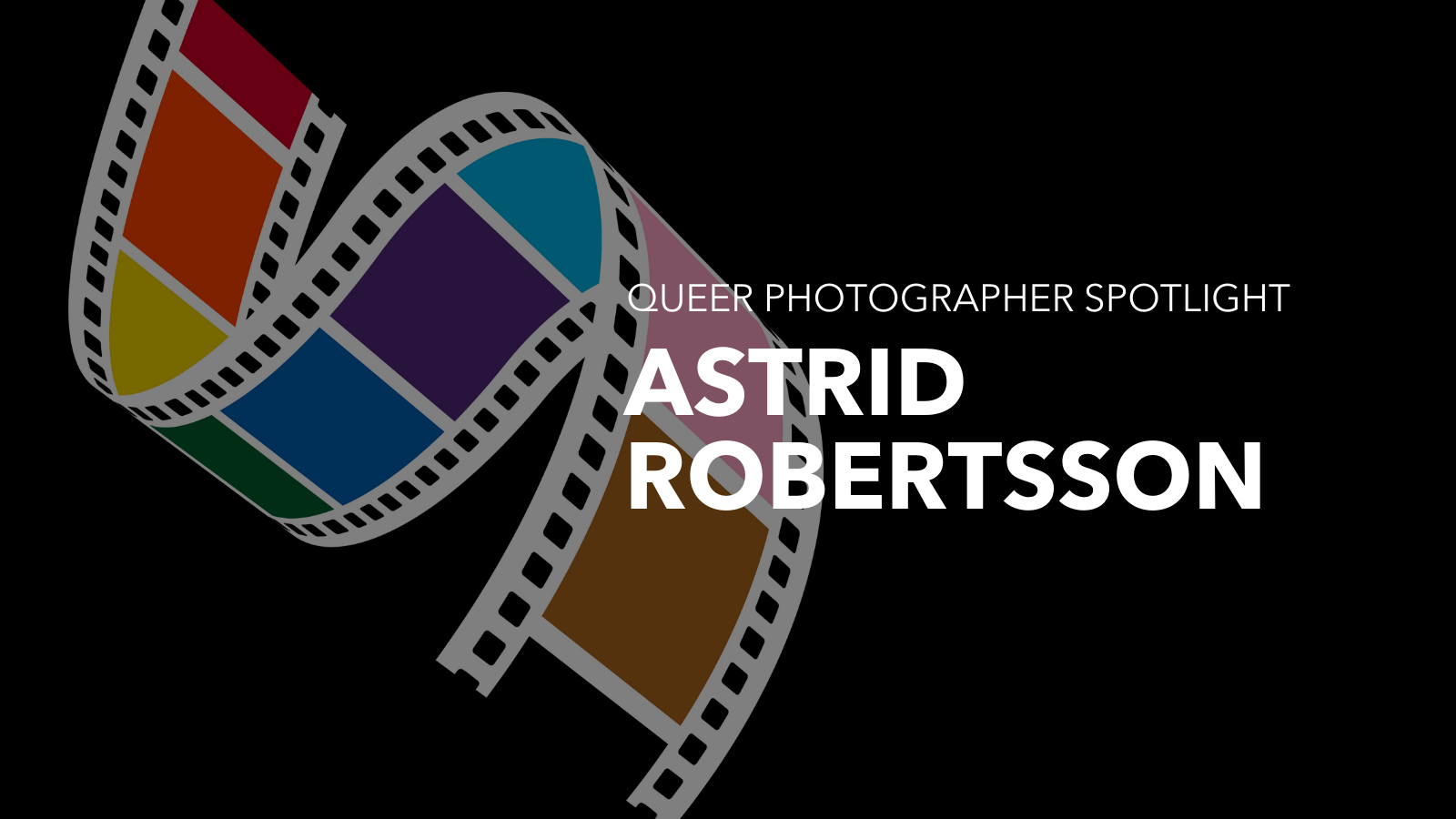
A Conversation With Astrid Robertsson
By Karen Freer
Astrid is a queer autistic photographer based in Sweden. Photography is more than just an interest or way to spend her time; it helps her enjoy, make sense of and capture the world in a way that she is comfortable with. Join us now as we get to know her and her photography a bit better.
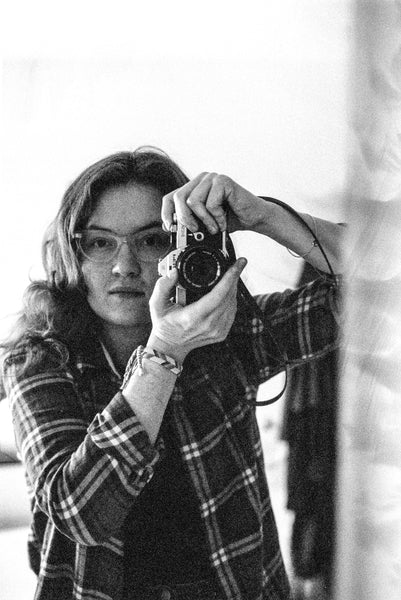
“Photography has always played a role in letting me explore, learn and accept myself.”
Karen: When did you start taking photographs?
Astrid: I began photographing when I was 10. My grandfather gave me a Nikon Coolpix camera and I enjoyed the power I was given to document my surroundings and life. As an undiagnosed autistic child the world was very scary and confusing and my camera gave me the opportunity to show what I see, what matters to me and a way to both cope and communicate when words weren’t enough. As autistic people we often hear that our way of seeing the world is “wrong” or that we need to try to fit in and learn neurotypical social rules, often we mimic and this is known as masking. Masking can be very exhausting and lead to feeling out of place or depressed when it’s something I do a lot. For me photography has always allowed me a space that doesn’t tell me I’m wrong or judge me and it is often the things that can be a hindrance in the world (hyperfocus, attention to detail and being very interested in one subject) that are strengths in photography.

K: Did you study Photography?
A: When I was 18 I began studying on a photography course for beginners. I was going through my autism assessment and trying to get back to studying after leaving school at 16 due to mental health issues. Learning the manual settings of the camera and rediscovering photography through a viewfinder reignited what I had felt when I was 10 and had first owned a camera.
I was diagnosed with Aspergers halfway through 2018 and in early 2019, with the knowledge of how my brain works and how to make studying work, I moved back to Cambridge and began studying a Level 3 extended diploma in art and design. From the start I knew I wanted to specialise in photography in the second year and right before the final project of the first year I felt I had hit a standstill with my DSLR.

K: How did your journey in film photography begin?
A: One of my photography teachers suggested I try shooting 35mm film. I loaded a roll of Kentmere pan 400 into an SLR and shot what I saw.
I began finding my voice as a photographer when shooting black and white 35mm. I would describe it as a mixture of portraiture, self portraiture, landscape, still life and architecture. Basically everything but dependent on the situation and often I am drawn to portraying balance and stillness in my photos, showing the world as I experience it.

K: How has your autism and queerness shaped your photography?
A: Photography has always played a role in letting me explore, learn and accept myself. As mentioned photography was very important to me as an autistic child and continues to be important to me as an autistic adult, from a young age I also knew I liked girls. It was confusing because I only remember being taught about gay men in school and not in a positive way. I didn’t know what being a lesbian was but around 13 when I learnt through gossip, I knew that I wasn’t straight. It scared me and it wasn’t until the pandemic that I reached a point that I knew I was gay and chose to begin accepting it. I had spent many years thinking that maybe it was a phase or something I could choose to not be but as I was making my graduation project, I was also getting tired of the voice in my head that told me I was bad every time I liked a woman, the same voice that would spend hours trying to convince me that I liked men. I began coming out at the end of January in 2021 and as others probably can relate to it was scary and thrilling at the same time. Thrilling to say the words “I’m gay” and scary not knowing how others would react. I wore a lot of makeup and dresses as a teenager and while I had liked them at some point they also became a way for me to try to convince myself and others that I was 100% straight.
I began taking self portraits as a way to see myself as I am. It’s hard to explain but I think others can relate to the way that sexuality and physical appearance can feel tied or matter. Eventually the self portraits became a series, black and white double exposures where I felt I could safely express myself but also reassure myself that I was still the same Astrid, just out instead of in the closet. I think photography helped as much as coming out to people and helped me feel confident being openly and proudly gay.

K: When did you start making Zines?
A: I began making zines in late 2021. I think I’d been curious about making one for a long time after seeing YouTube videos about other photographers' processes making them. My first zine was a comic about coming out, it was made after I had tried to work out a way that I would cope with if those I came out to didn’t accept me.
My first zine was not a photography zine but I had wanted to make a photography zine and after discovering Cyanotypes and becoming captivated by the process, I printed my entire magnetic project as Cyanotypes and began exploring the printing cost of this.
K: Why do you make zines?
A: I make zines because I like that they can vary widely in production cost and quality. As a young adult and student I often do not have much money and anytime I printed photo books in the past I had to borrow money. While I still like photo books and would like to print more I like that with a zine I can put the same amount of effort into the design but have the freedom to pay for printing or print at home and sell them at a price that isn’t too high while still not making a loss. I know that some people within the photography community look down on zines but I do not think gatekeeping how people print their work is good.
K: What kinds of photo books and zines have you made?
A: There are home printed zines I’ve made that I am proud of and then professionally printed photo books and ‘magnetic’ that have a higher quality. However the quality of the work and content isn’t affected by what and how you print.

K: How does it make you feel when you complete a photo zine?
A: Making a printed publication that you can hold in your hand is satisfying. It is a reward for all of the work you do. Another thing that printing zines is good for is teaching you to edit and curate your work. I often learn through doing and I think layouts are something that you both gain a sense and method for when designing a zine. There is also a big online zine community and within it a large queer community so for queer photographers zines feel safe and accepting and the people interested in them often have an interest in zines by marginalised groups including queer people.
K: Your zine ‘Magnetic’ - can you tell me a bit about that, it says that you took the photos with a digital camera and then printed them as cyanotypes. I find that really interesting. Can you talk about that process a bit please
A: I began shooting the self portraits in the project on a digital camera. I stood in front of the camera that was mounted on a tripod in front of the bathroom door. The bathroom door was a good background due to the pristine white surface of and bright light in daytime coming from behind the camera.

I would set the camera to multiple exposure mode and then take one self portrait before having to take the second exposure. It was kind of tedious to go back and forth between each shot but it slowed me down and I think It led to more thought out photos than if I could take the second exposure after.

I shot the photos black and white in camera and did most of the shooting from February through early May when I felt I was becoming comfortable with myself and didn’t need to process it as much through self portraiture. I left the project and only returned to it in August or September. In July my mentor died suddenly, she played a big role in my photography being what it is and I will be forever grateful for the time she spent giving me feedback and encouraging me to keep learning about photography. I mention this because I grieved a lot and for a while didn’t want to pick up a camera.
I found some premade sun print paper in a museum gift shop and began contact printing with summer flowers in the garden. I enjoyed seeing the colour change and washing the print to reveal a positive. It was captivating, like instant photography where the image appears before you.

I revisited my project after finding out it was possible to use negatives to print Cyanotypes. Intrigued by the prospect of analogue printing without a darkroom I ordered transparent film and printed negatives at home. It took me a while to figure out which paper I liked best for printing and then deciding to tone the prints with instant coffee to achieve a dark teal colour as opposed to the bright cyan. I wanted to print them as Cyanotypes as I felt they were missing a rawness or grittiness that analogue processes often have. The digital photos were good but just impeccable and the story I wanted to show wasn’t.

K: Where can people buy your zines?
A: In my Etsy shop.
Ready to dive in?
Keep Reading
View all
Experimenting with the Newest Addition: Ferrania P33 Film Review
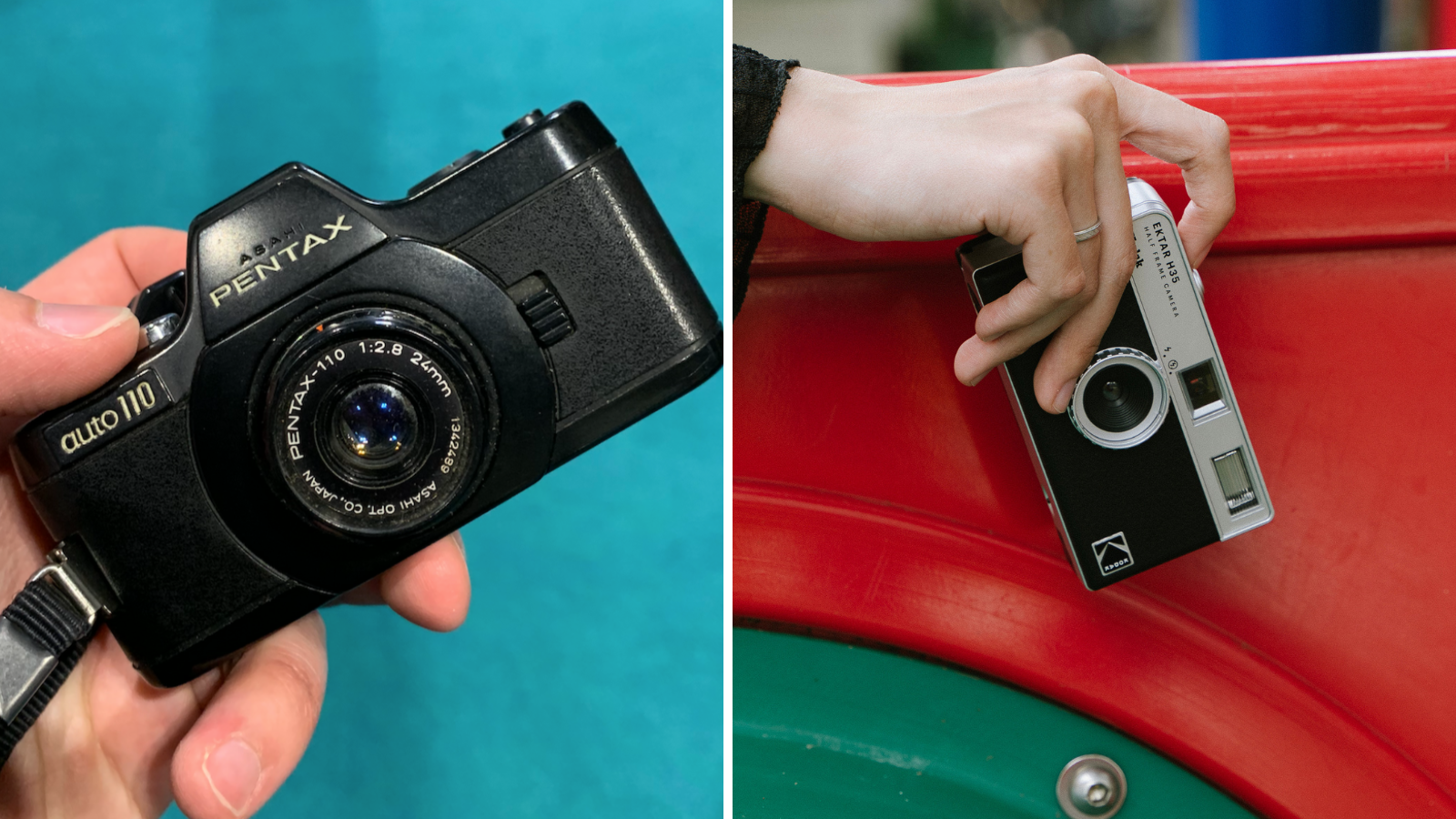
Half-Frame vs. 110 Film: Compact Convenience
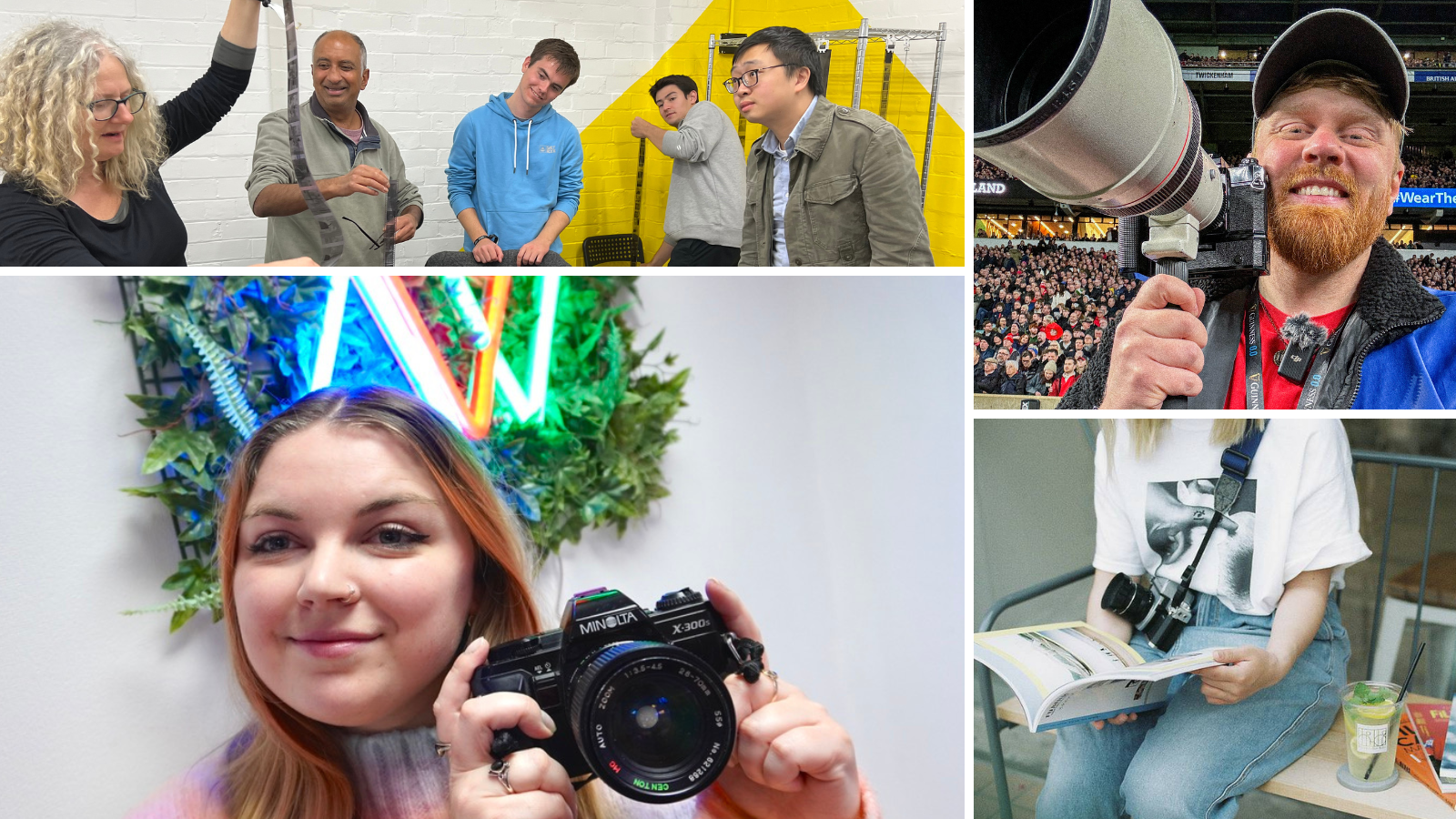
Analogue Appeal: Why Do People (Still) Shoot Film?
Subscribe to our newsletter 💌
Sign up for our newsletter to stay up to date on film photography news, sales and events:
Free Tracked Shipping
On all UK orders over £50
Passion For Film
An unbeatable range and an on-site lab
Our Customers Trust Us
Thousands of independent 5* reviews
All Deliveries are Carbon Neutral
Independently audited and verified by Planet
- Opens in a new window.

